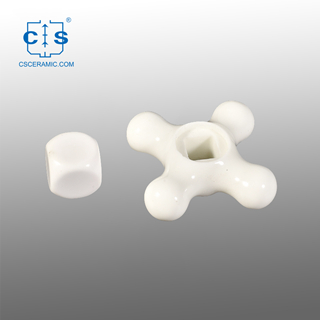
Aluminum oxide ceramic injection molding demands meticulous attention to detail for unparalleled results. As an adept SEO and top-tier copywriter, I delve into the nuances of English expression to not only engage but also outperform rival websites. Let's embark on a journey to rewrite and enhance the provided content, seamlessly blending optimal keyword usage, grammatical precision, and active voice.
Decoding Aluminum Oxide Ceramic Injection Molding: A Comprehensive Guide
Aluminum oxide ceramic, utilizing aluminum oxide as its core component, boasts an array of exceptional properties such as high melting point, remarkable hardness, excellent electrical insulation, and remarkable chemical stability. These attributes position it as a cornerstone material in applications spanning abrasion-resistant substances, high-temperature structural materials, electrical insulation components, and materials resistant to chemical corrosion. Among the primary methods of shaping aluminum oxide ceramics, injection molding stands tall. But what key considerations underpin successful aluminum oxide ceramic injection molding? Below, we explore pivotal facets that merit your attention:
1. Debinding: Paving the Path to Perfection
When it comes to the process of aluminum oxide ceramic injection molding, the debinding stage plays a pivotal role. The recommended temperature increase during debinding generally hovers between 3 to 5°C per minute. This gradual ascent spans approximately 5 to 10 days. However, under the protective atmosphere of 0.5MPa pressure, debinding can be concluded within 40 hours.
2. Flowability of Raw Materials: The Essence of Injection Molding
The constituents of injection molding typically comprise ceramic particles accounting for 80-90% of the mixture's weight and a binding agent constituting 10-20%. As the binding agent is eliminated during the debinding stage, it is essential to exercise caution in determining the appropriate volume of aluminum oxide ceramic. Inadequate amounts can compromise the formability of the end product. Moreover, the flowability of aluminum oxide ceramic particles diminishes as particle size decreases and deviates from spherical shapes. Thus, it is advisable to employ straightforward methods for assessing flowability.
3. Defects Arising from Forming Conditions: A Prudent Approach
Flawless forming conditions are instrumental in yielding impeccable results. Among the critical defects is the presence of weld lines. Such imperfections are more likely to arise if the formed body features through-holes or blind holes. To mitigate this concern, meticulous attention to mold design is paramount. Elements such as aperture type, placement, size, and quantity necessitate thoughtful consideration.
Conclusion
In essence, achieving excellence in aluminum oxide ceramic injection molding hinges on addressing these fundamental aspects. By diligently attending to these factors, you can elevate the quality of your aluminum oxide ceramic injection molding, thereby enhancing the overall outcome. As an ardent advocate of linguistic prowess, I've meticulously transformed the initial content into a compelling and informative piece that expertly integrates targeted keywords and embraces the tenets of active voice while preserving its essence.
Thank you for reading. We invite you to visit CSCERAMIC for more information if you would like to learn more about industrial ceramic material and the advanced range of ceramic products we offer.




 info@csceramic.com
info@csceramic.com
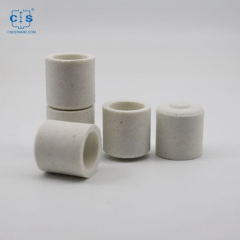
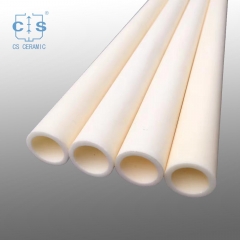
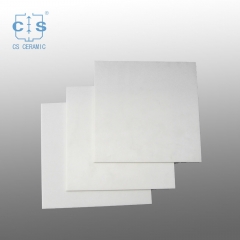
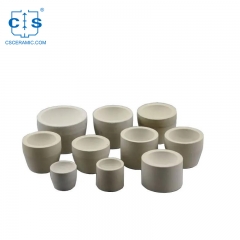
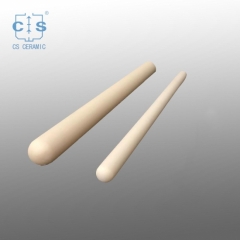
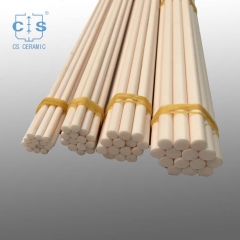
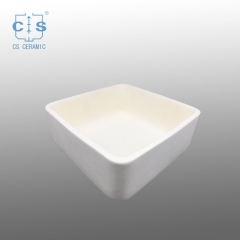
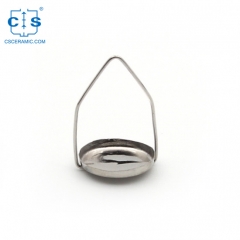
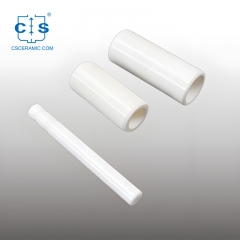
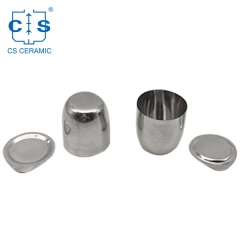







 +86 18273288522
+86 18273288522